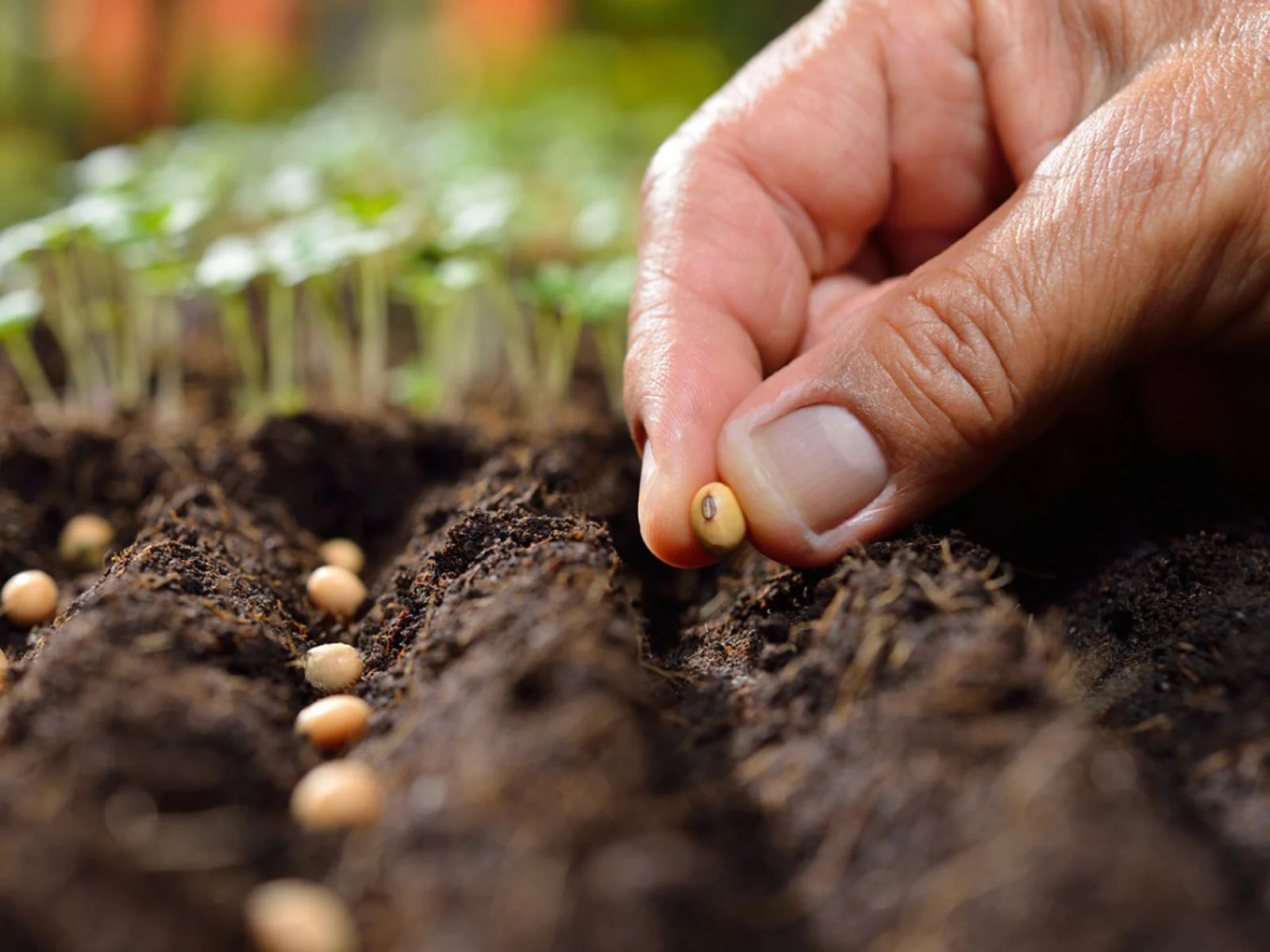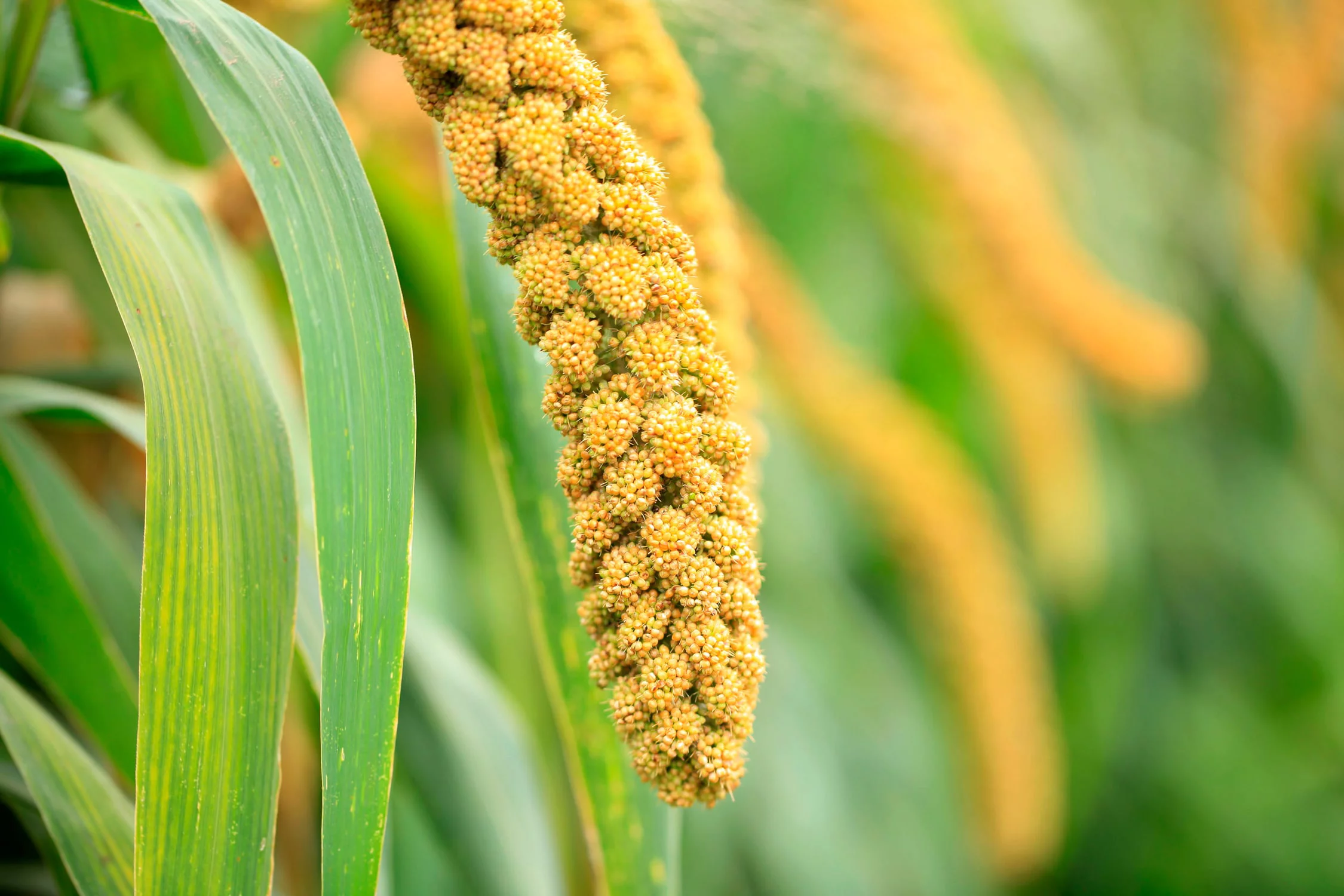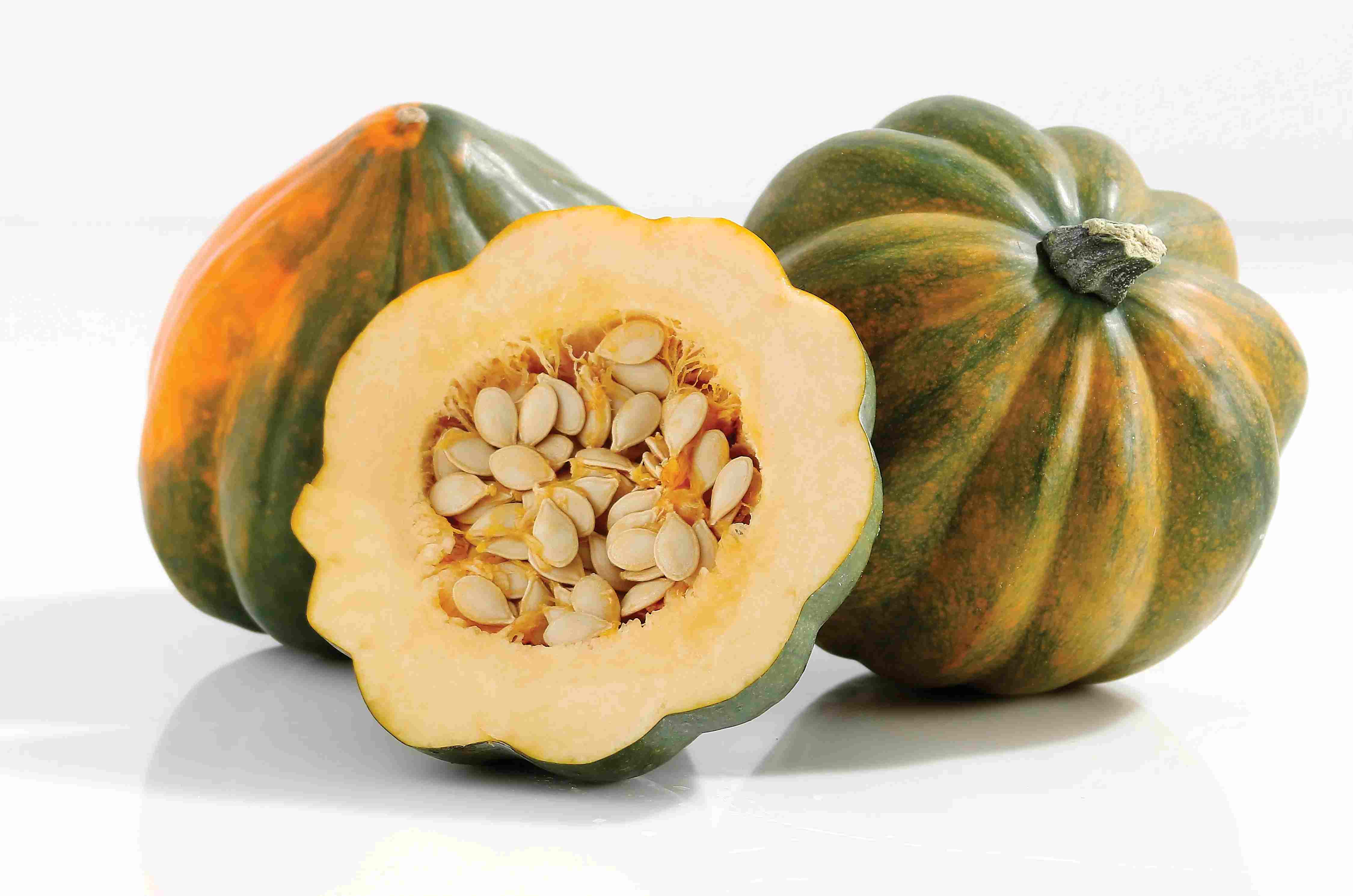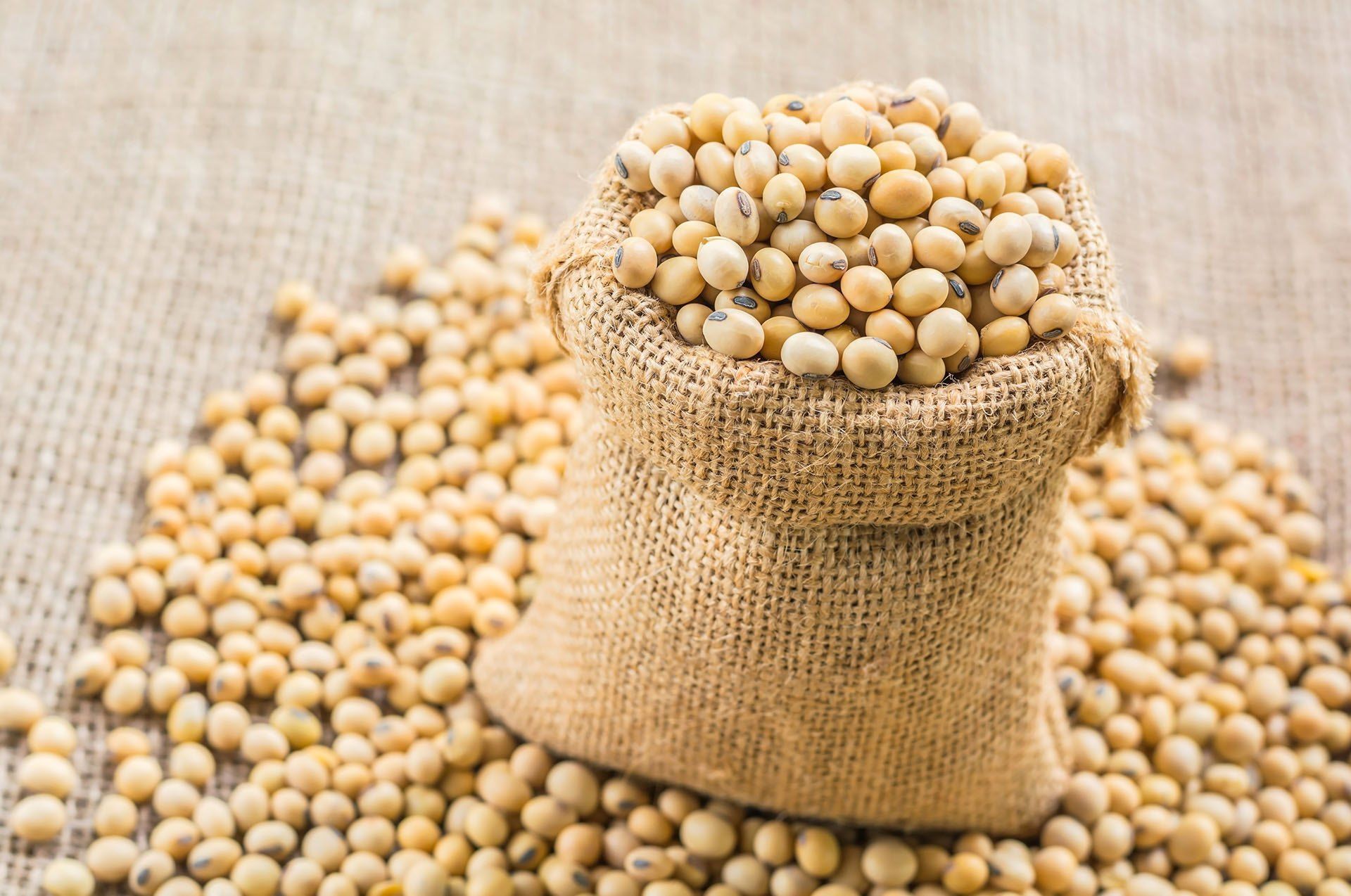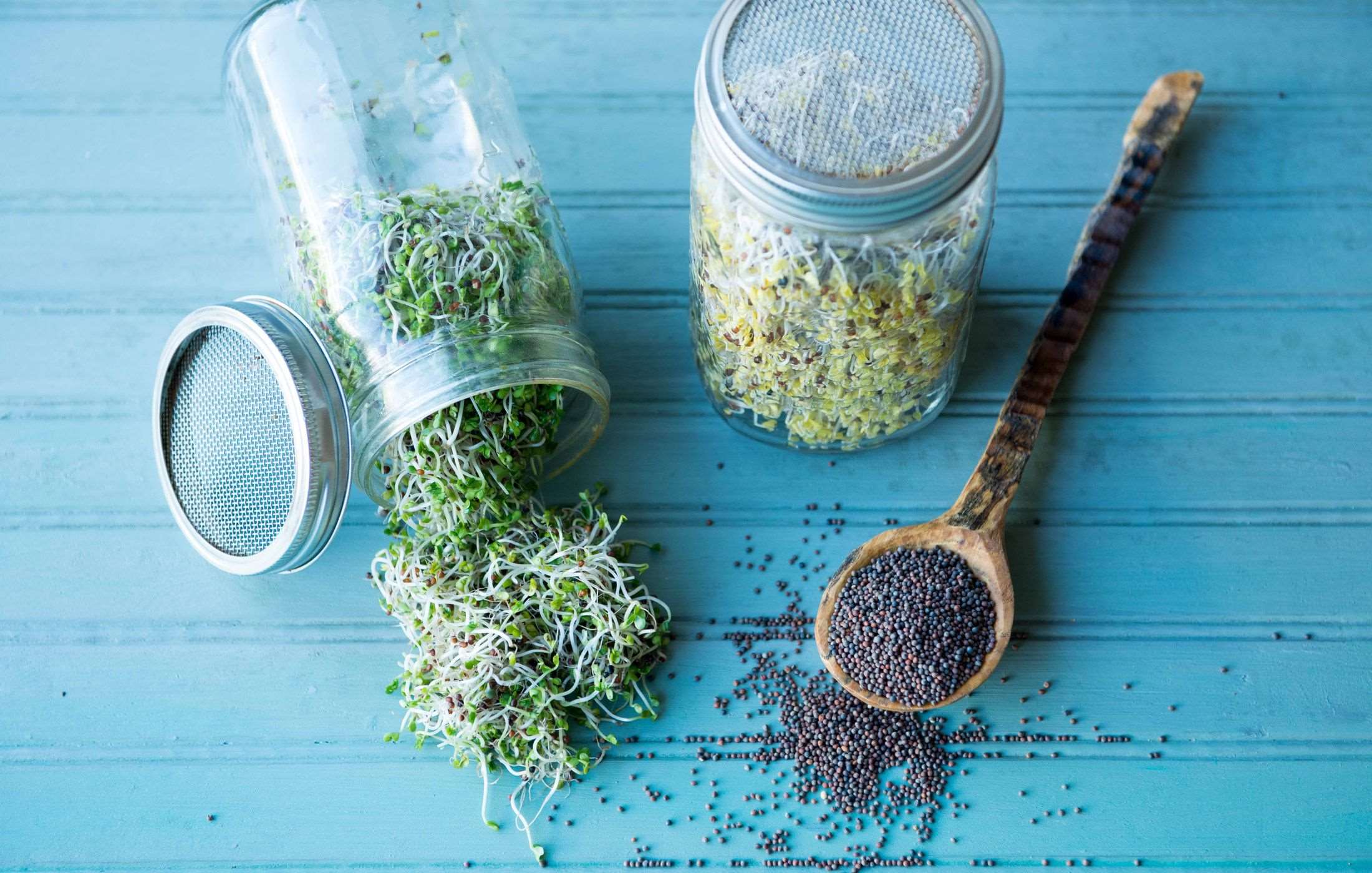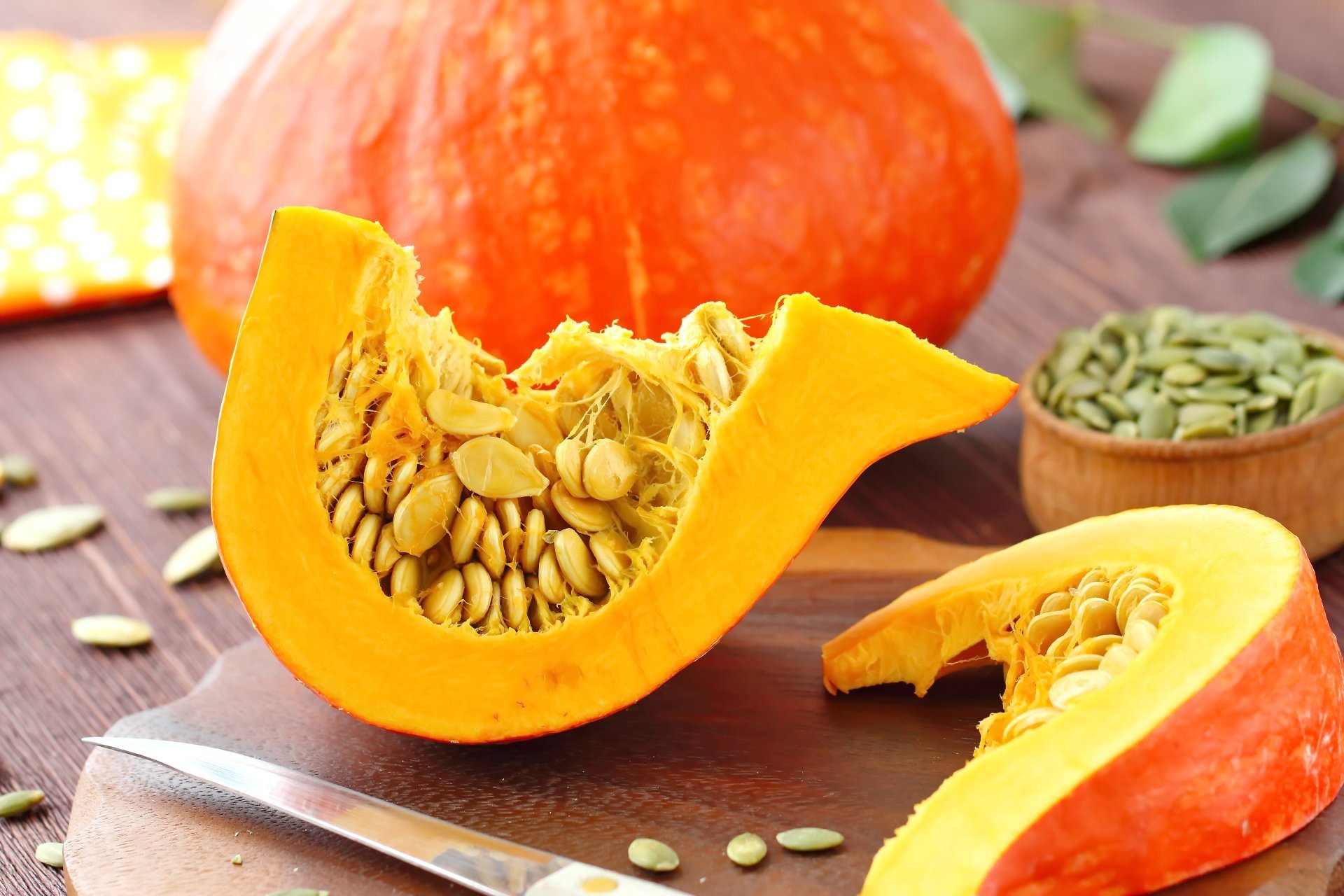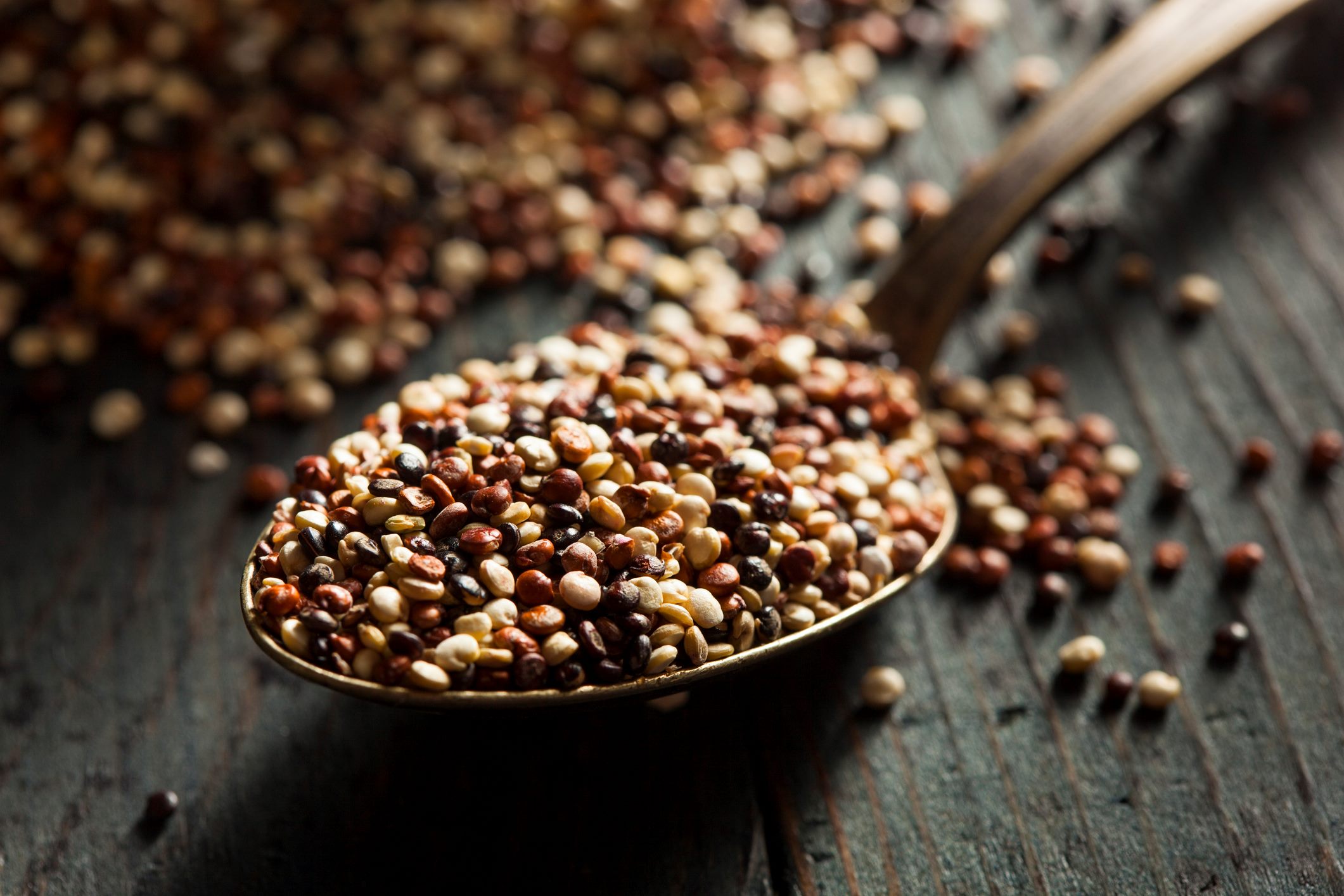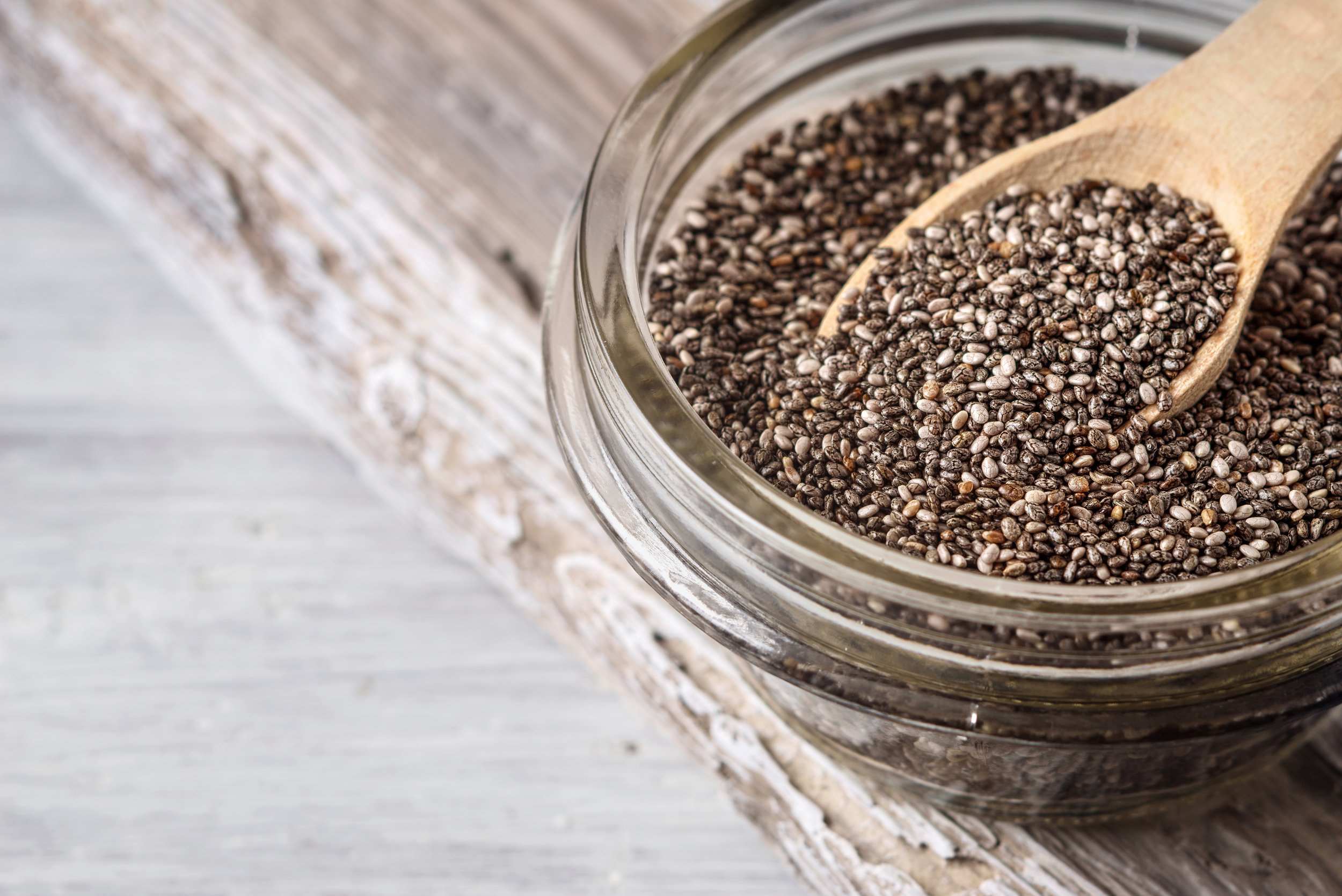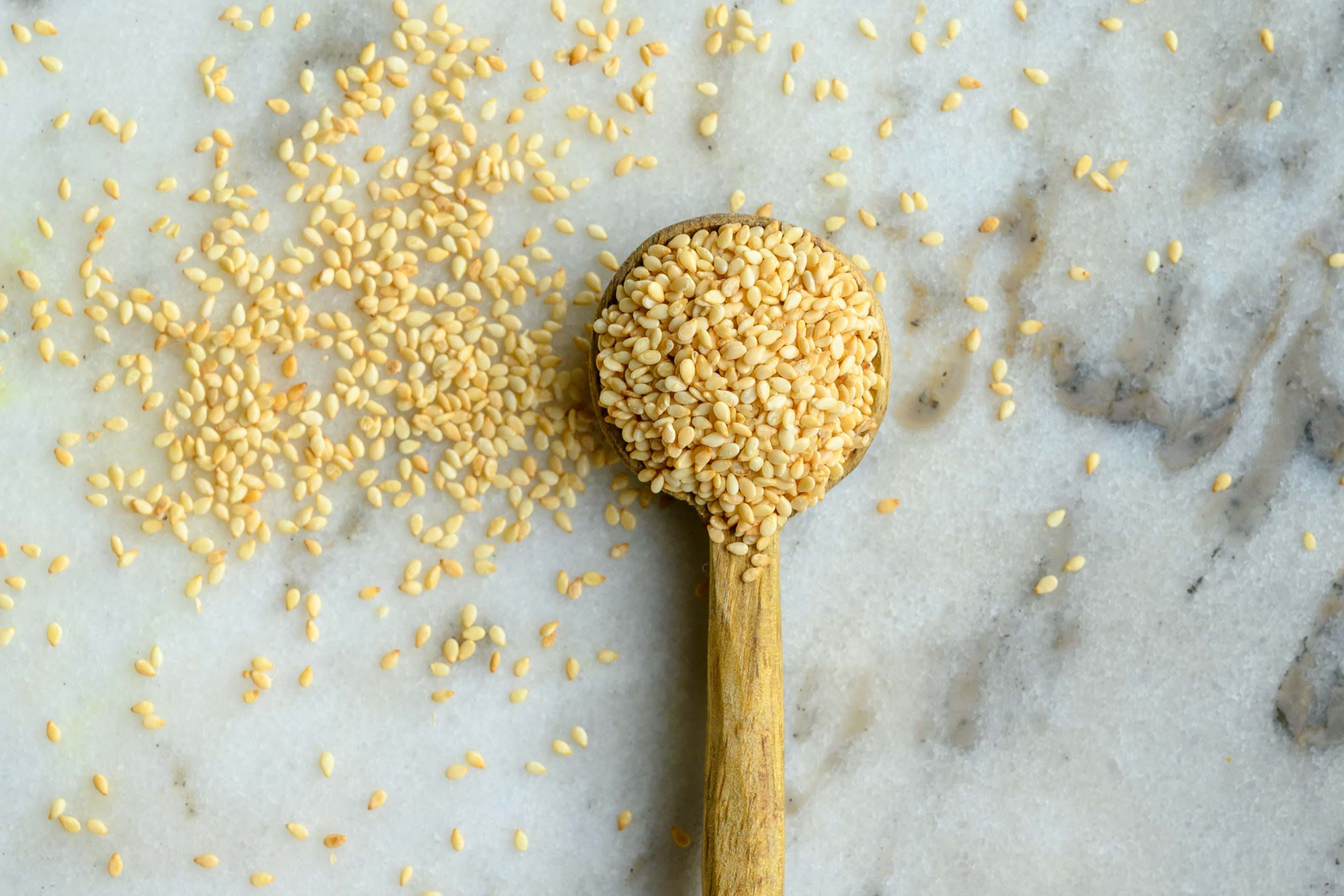Home>Reviews>Product Reviews>Where To Buy Microgreen Seeds
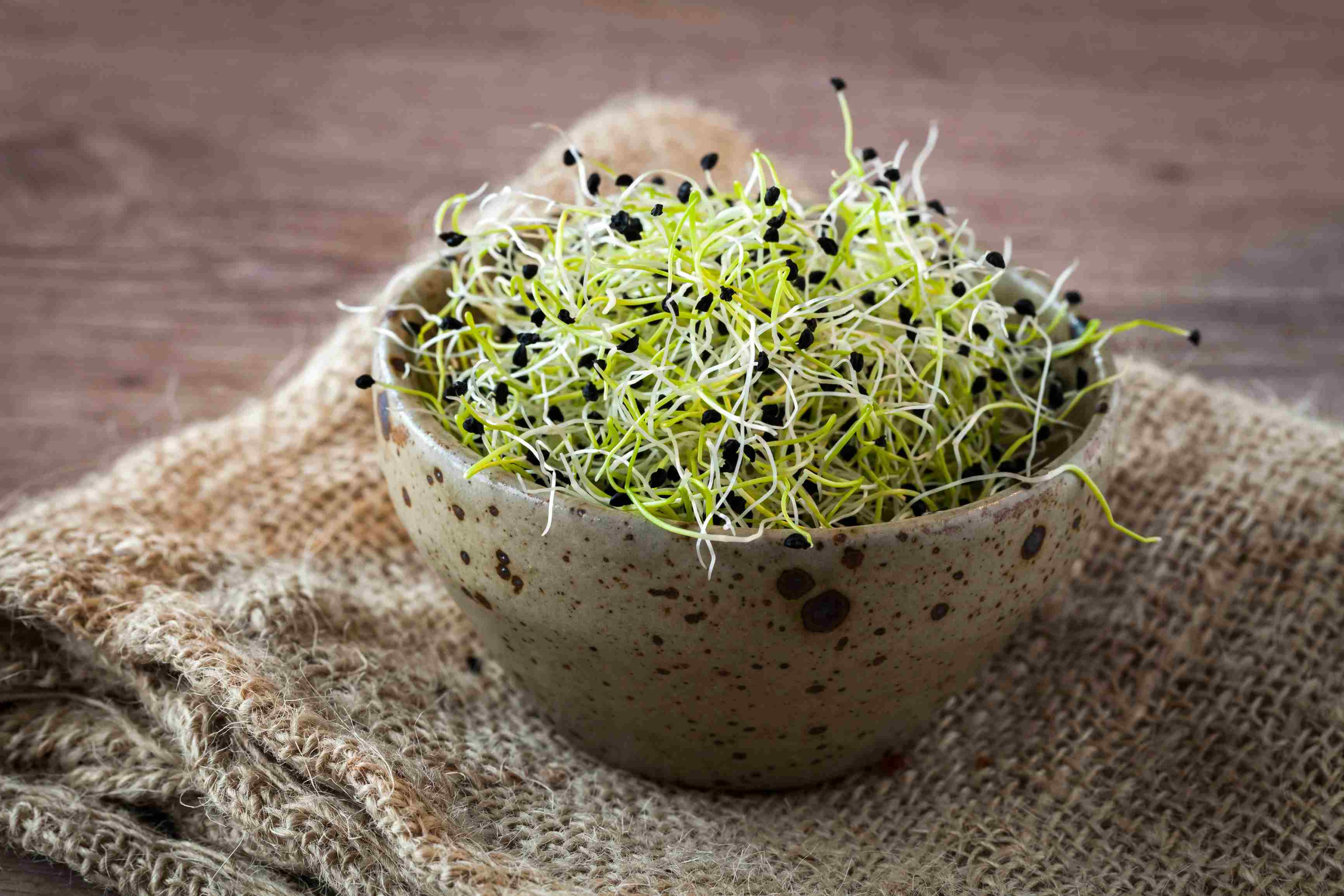

Product Reviews
Where To Buy Microgreen Seeds
Published: September 21, 2023
Looking for product reviews on where to buy microgreen seeds? We've got you covered with our comprehensive guide to finding the best sources for your gardening needs.
(Many of the links in this article redirect to a specific reviewed product. Your purchase of these products through affiliate links helps to generate commission for Chicagolandgardening.com, at no extra cost. Learn more)
Table of Contents
Introduction
Welcome to the world of microgreens! If you’re interested in growing your own nutritious and flavorful greens at home, then understanding where to buy microgreen seeds is the first step towards a successful gardening journey.
Microgreens have gained immense popularity in recent years due to their high nutritional value and versatility in culinary applications. These tiny, immature versions of leafy greens and herbs are packed with vitamins, minerals, and antioxidants, making them a powerhouse of health benefits. Not only do they add vibrant colors and fresh flavors to your dishes, but they also offer a range of textures and aromas to elevate your culinary creations.
Before diving into the details of where to buy microgreen seeds, it’s essential to understand why growing microgreens at home is a great idea. One of the primary benefits of cultivating microgreens is that they can be harvested within a few weeks of sowing, making them an ideal option for urban dwellers or those with limited gardening space.
In addition to their convenience, microgreens have been found to contain higher nutrient levels compared to their fully grown counterparts. Studies have shown that they can have up to 40 times more vitamins and minerals, making them a fantastic addition to your diet. Whether you’re a health-conscious individual looking to boost your nutrient intake or a food lover wanting to experiment with new flavors, microgreens offer the perfect solution.
Furthermore, growing microgreens is a fun and rewarding hobby. You can engage in the entire process, from sowing the seeds to watching them germinate, grow, and ultimately harvest the vibrant greens. It’s an excellent activity for both adults and kids, as it provides an opportunity to learn about plant life cycles, gardening techniques, and the joy of tasting homegrown produce.
Now that you’re familiar with the numerous benefits of growing microgreens, let’s explore the factors to consider before purchasing microgreen seeds. By understanding these factors, you’ll be better equipped to make an informed decision and ensure a successful microgreen harvest.
Benefits of Growing Microgreens
Growing microgreens offers a wide range of benefits, making it a popular choice among gardening enthusiasts and health-conscious individuals. Here are some key advantages of cultivating your own microgreens:
- Nutritional Powerhouses: Microgreens are loaded with essential nutrients. Despite their small size, they are rich in vitamins, minerals, and antioxidants. Incorporating microgreens into your diet can help boost your nutrient intake and support overall health.
- Flavor and Variety: Microgreens come in a variety of flavors, ranging from mild to intense. Adding them to your dishes can enhance the taste and provide a delightful burst of fresh flavors. With a wide range of options available, you can experiment with different microgreen varieties to elevate your culinary creations.
- Quick Harvest: One of the significant advantages of growing microgreens is the quick turnaround time. Unlike full-grown plants, microgreens can be harvested within a few weeks of sowing the seeds. This makes them an ideal choice for those who want to enjoy homegrown produce without waiting for months.
- Space-Efficient: Microgreens can be grown in small spaces, making them a perfect option for urban dwellers or individuals with limited gardening areas. You can easily grow them in containers, trays, or even on windowsills, allowing you to enjoy the benefits of fresh greens regardless of your living situation.
- Engaging Activity: Growing microgreens is not only a source of fresh and nutritious produce but also a fun and engaging activity. It provides an opportunity to connect with nature, learn about the plant life cycle, and experience the satisfaction of growing your own food. It’s a great way to involve the entire family and introduce children to the joy of gardening.
- Cost-effective: Buying microgreens from the store can be expensive, especially considering their high nutritional value. By growing your own microgreens, you can save money and have a constant supply of fresh greens right at your fingertips.
With these incredible benefits, it’s no wonder that microgreens have become increasingly popular among health-conscious individuals, food enthusiasts, and home gardeners. The next step is to ensure you have the right microgreen seeds for your desired varieties, and we’ll discuss where to purchase them, both online and locally, in the following sections.
Factors to Consider Before Buying Microgreen Seeds
When it comes to purchasing microgreen seeds, it’s essential to consider a few factors to ensure that you are getting high-quality seeds that will yield healthy and tasty microgreens. Here are some key factors to keep in mind:
- Seed Variety: Consider the specific types of microgreens you want to grow. There is a wide range of seed varieties available, each with its own unique flavor, color, and growth characteristics. Think about your preferences and culinary needs to determine which varieties you’d like to cultivate.
- Seed Quality: Opt for seeds that are specifically labeled for microgreen production. Ensure that the seeds are fresh, viable, and free from contaminants or diseases. High-quality seeds will have a higher germination rate and result in robust and healthy microgreens.
- Organic Options: If possible, choose organic microgreen seeds. Organic seeds are grown without the use of synthetic chemicals or genetically modified organisms (GMOs), which can ensure a purer and more natural product. Organic seeds also support sustainable farming practices and environmental preservation.
- Reputable Seed Suppliers: It’s crucial to purchase seeds from reputable suppliers who specialize in microgreens. Look for suppliers that have a good track record and positive customer reviews. They should have a reputation for providing high-quality seeds and excellent customer service.
- Seed Packet Size: Consider the amount of microgreens you want to grow. Seed packets are available in various sizes, ranging from small packets that are perfect for home gardeners to larger quantities suitable for commercial growers. Assess your needs and choose the packet size accordingly.
- Price: While price shouldn’t be the sole determining factor, it’s essential to consider the cost of the seeds. Compare prices from different suppliers to ensure that you’re getting a fair deal. Keep in mind that higher-priced seeds may reflect better quality, but it’s important to strike a balance between quality and affordability.
- Availability: Check the availability of the desired seed varieties. Some rare or exotic microgreen varieties may be harder to find or have limited availability. Consider the availability of the seeds to ensure you can obtain them when needed.
By considering these factors, you can make an informed decision and select the best microgreen seeds for your needs. Next, we will explore the options for purchasing microgreen seeds, both online and locally.
Where to Buy Microgreen Seeds Online
Buying microgreen seeds online provides a convenient and wide-ranging option for obtaining high-quality seeds. Here are some of the best online platforms where you can purchase microgreen seeds:
- Seed Suppliers’ Websites: Many reputable seed suppliers have their own websites where you can directly purchase microgreen seeds. These websites often provide detailed information about each seed variety, including growing instructions and customer reviews. Some popular seed suppliers’ websites include Johnny’s Selected Seeds, Baker Creek Heirloom Seeds, and True Leaf Market.
- E-commerce Platforms: Online marketplaces such as Amazon, eBay, and Etsy also offer a wide selection of microgreen seeds from various sellers. These platforms provide a convenient shopping experience, allowing you to compare prices and read customer reviews before making a purchase. However, it’s important to check the seller’s reputation and reviews to ensure the quality and reliability of the seeds.
- Specialty Microgreen Seed Websites: There are dedicated websites that specialize in selling microgreen seeds. These websites offer a vast selection of microgreen varieties and often provide comprehensive information on growing and caring for microgreens. Some reputable specialty microgreen seed websites include True Leaf Market, Microgreens Farmer, and Everwilde Farms.
- Local Seed Companies: Many local seed companies have expanded their online presence and offer the convenience of online ordering. Search for seed companies near your area or within your country that specialize in microgreen seeds. Not only will you be supporting local businesses, but you may also find unique and locally adapted seed varieties.
- Online Gardening Forums and Communities: Online gardening forums and communities can be a valuable resource for finding reliable sources for microgreen seeds. These platforms allow you to connect with experienced gardeners who can recommend trusted online sellers and share their experiences. Participating in these communities can also provide you with valuable tips and advice for growing microgreens.
When purchasing microgreen seeds online, always read the product descriptions carefully and check customer reviews to ensure the quality and germination rates of the seeds. Consider factors such as shipping costs, delivery times, and return policies before making a final decision.
Now that you know where to buy microgreen seeds online, let’s explore the options for purchasing microgreen seeds locally in your area.
Where to Buy Microgreen Seeds Locally
If you prefer the convenience of purchasing microgreen seeds locally or want to see and feel the seeds before buying, there are several places where you can find microgreen seeds near you:
- Garden Supply Stores: Visit your local garden supply stores, nurseries, or hydroponic shops. These establishments often stock a variety of seeds, including microgreen seeds. They may have a dedicated section for microgreens or can guide you to the appropriate seeds for your needs. The advantage of shopping locally is that you can get personalized advice from knowledgeable staff and support local businesses.
- Farmers’ Markets: Farmers’ markets are not only great places to find fresh produce but also a treasure trove for microgreen seeds. Some local farmers may sell microgreen seeds at their booths, allowing you to purchase directly from the growers themselves. It’s an excellent opportunity to connect with local farmers and gain insights into their farming practices.
- Gardening Associations and Clubs: Check if there are any local gardening associations or clubs in your area. These organizations may hold seed swaps or have connections to suppliers who specialize in microgreen seeds. Attending their events or joining their community can give you access to a network of gardeners who can provide information and recommendations on where to find microgreen seeds locally.
- Cooperative Extension Offices: Cooperative extension offices, usually affiliated with universities, provide resources and support for gardening and agriculture. Contact your local cooperative extension office to inquire about seed sources or if they have any recommendations for local suppliers or events where you can find microgreen seeds.
- Local Seed Companies: Research local seed companies or farms in your area that produce or sell microgreen seeds. Use online directories or ask fellow gardeners for recommendations. Local seed companies often have a greater selection of locally adapted seed varieties, which can thrive in your specific climate.
Remember to call ahead to confirm the availability of microgreen seeds at the locations you plan to visit. It’s also a good idea to inquire about their seed quality, varieties, and prices to make sure they meet your requirements.
Now that you know where to find microgreen seeds locally, let’s move on to some tips for choosing the best microgreen seeds.
Tips for Choosing the Best Microgreen Seeds
When selecting microgreen seeds, keep the following tips in mind to ensure that you choose the best seeds for a successful microgreen harvest:
- Choose Fresh and Quality Seeds: Look for seeds that are fresh, viable, and high-quality. Avoid seeds that are old, damaged, or expired, as they may have lower germination rates.
- Consider Your Preferences: Think about the flavors, colors, and textures you desire in your microgreens. Consider how these characteristics will complement your culinary creations or satisfy your personal preference.
- Read Reviews and Recommendations: Search for customer reviews and recommendations for specific seed varieties or suppliers. The experiences and opinions of other gardeners can provide valuable insights into the quality and performance of the seeds.
- Check Germination Rates: Germination rates indicate the percentage of seeds that are expected to sprout and grow. Look for seeds with high germination rates to ensure a higher success rate in your microgreen growing endeavors.
- Consider Organic Options: If you prefer organic growing, look for organic microgreen seeds that are free from synthetic chemicals or GMOs. Organic seeds ensure a more natural and sustainable approach to growing microgreens.
- Explore Unique and Uncommon Varieties: While popular microgreen varieties are widely available and trusted, don’t be afraid to explore unique or less common varieties. They can bring novelty and excitement to your microgreen garden and culinary creations.
- Don’t Forget About Yield: Consider the yield of the microgreen variety you choose. Some varieties may produce a higher volume of microgreens per plant, which can be beneficial if you need a larger harvest or plan to sell microgreens.
- Consider Your Growing Space: Determine the space available for growing microgreens and choose seed varieties that are suitable for your growing environment. Some varieties are better suited for limited space, while others may require more room to grow.
- Check for Specific Growing Instructions: Different microgreen varieties may have specific growing requirements. Ensure that you have access to growing instructions or guidelines for the chosen seed varieties to maximize your chances of success.
By following these tips, you can select the best microgreen seeds that align with your preferences, growing conditions, and culinary goals. Now that you are equipped with the knowledge of choosing the right microgreen seeds, you can embark on your microgreen growing journey with confidence.
Conclusion
Growing microgreens can be a rewarding experience, providing you with fresh, nutritious, and flavorful greens right at your fingertips. Whether you choose to buy microgreen seeds online or locally, considering the factors discussed in this article will help you make informed decisions and ensure a successful microgreen harvest.
When purchasing microgreen seeds, it’s important to choose high-quality seeds that are fresh, viable, and suited to your preferences. Consider factors such as seed variety, seed quality, organic options, and reputable suppliers when making your selection. Reading customer reviews and recommendations can also provide valuable insights into the performance of different seed varieties and suppliers.
Online platforms like seed suppliers’ websites, e-commerce platforms, specialty microgreen seed websites, and online gardening communities offer convenient options for purchasing microgreen seeds. Alternatively, local sources such as garden supply stores, farmers’ markets, gardening associations, cooperative extension offices, and local seed companies are great options for those who prefer to buy seeds in person and support local businesses.
Remember to explore the tips for choosing the best microgreen seeds, including considering your preferences, checking germination rates, considering organic options, and exploring unique varieties. These tips will help you select seeds that are suited to your needs and growing conditions.
Now that you have a comprehensive understanding of where and how to buy microgreen seeds, it’s time to get started on your microgreen growing journey. Enjoy the process of sowing, nurturing, and ultimately harvesting your own delicious and nutrient-packed microgreens. Happy growing!
